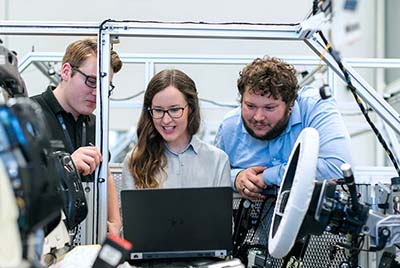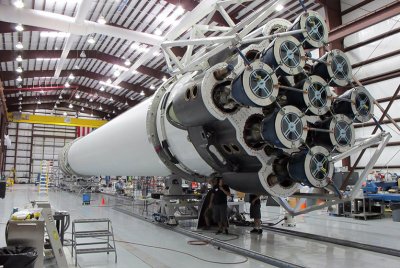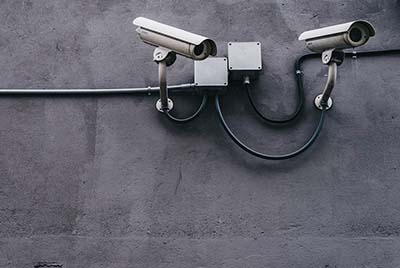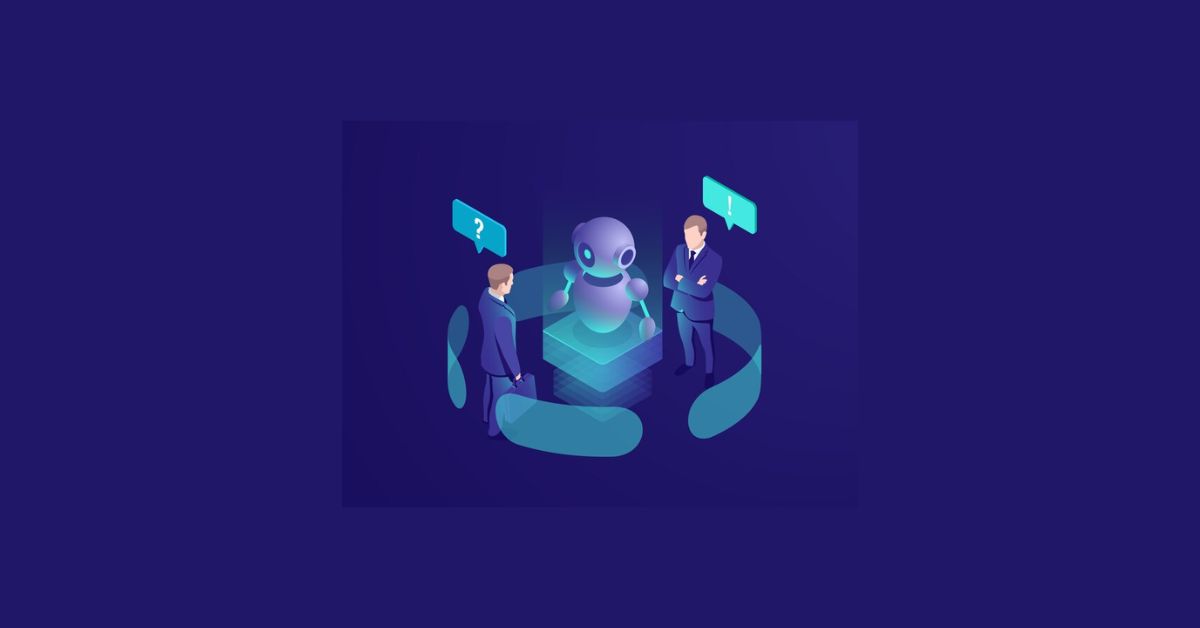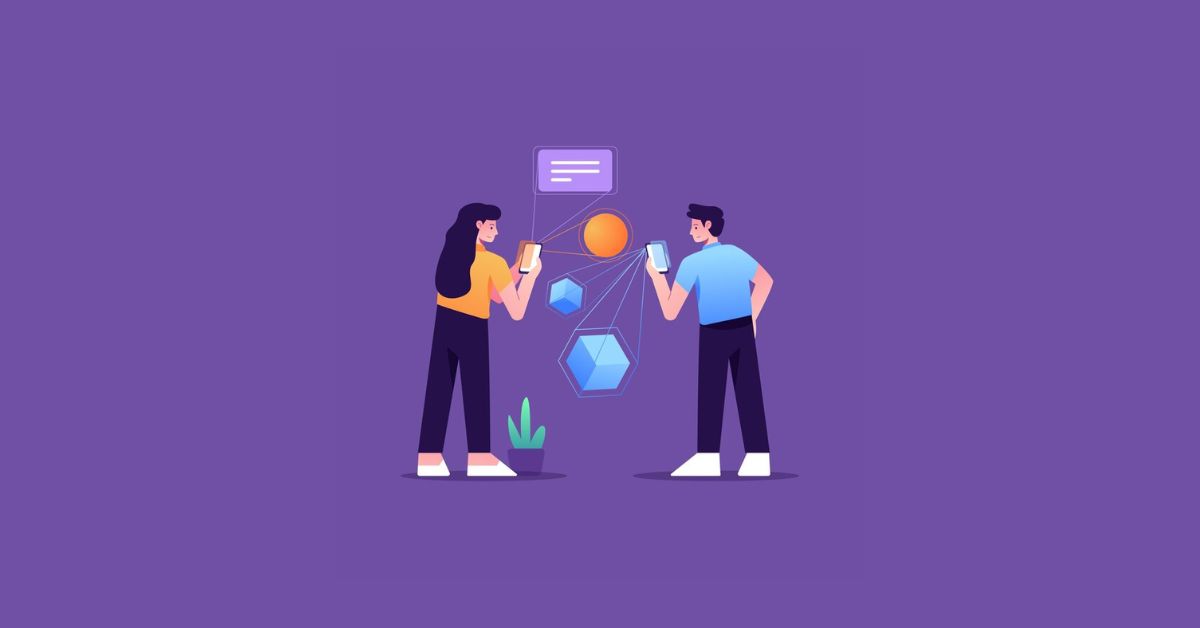Summary
Artificial intelligence is advancing faster than ever, and businesses are constantly looking for innovative ways to automate, optimize, and innovate. Agentic AI generated a lot of buzz among tech leaders, automation strategists, and decision-makers. But what exactly is magnetic AI, and why should it matter to your business?
In this guide, we will explain what is agentic AI, how it works, and why it represents a significant leap forward in AI technology. From its technical foundation to practical application, we will guide you through everything that you need to know to get ahead of the curve.
- What does Agentic mean in Technical Terms?
- What is agentic AI?
- Key Characteristics of Agentic AI
- What does an Artificial Intelligence Agent do?
- Key Functions of AI Agent
– Perception
– Reasoning and Decision-Making
– The Learning
– Action Execution
– The Feedback & Adaptation - How Many Types of Agents Are There in Artificial Intelligence
– Simple Reflex Agents
– Model-Based Reflex Agents
– Goal-Based Agents
– Utility-Based Agent
– Learning Agents - Conclusion
What does Agentic mean in Technical Terms?
In the context of AI,agnetic describes systems that act as agents, meaning they can make autonomous decisions to achieve specific goals or objectives. Unlike traditional AI models that rely on predefined rules or human intervention, agentic AI can access situations, make choices, and execute actions- all without constant oversight. At its core, agentic AI is designed to simulate the kind of goal-oriented decision-making that humans or intelligent agents demonstrate in real-world scenarios.
What is agentic AI?
Agentic AI refers to artificial intelligence systems that can autonomously take actions, make decisions, and pursue goals with minimal human intervention. These systems go beyond passive tools that require explicit instructions. Instead, they exhibit agency, meaning they can plan reason, and adapt dynamically based on their objectives and environment.
Key Characteristics of Agentic AI
- Autonomy– It can operate independently without constant human oversight.
- Goal Oriented– Works towards achieving predefined or self-generated goals.
- Adaptive– Learns from interactions and adjusts its strategy accordingly.
- Decision-making– Evaluate different courses of action and select the best one.
- Environment Interaction– Can take real-world or digital actions.
What does an Artificial Intelligence Agent do?
An Artificial intelligence is a system that perceives its environment, processes information, and takes actions to achieve specific goals agents function by continuously interacting with their environment and making decisions based on observations, knowledge, and predefined objectives.
Key Functions of AI Agent
Perception
An AI agent’s perception function entails gathering and analyzing information from its surroundings via sensors, cameras, APIs, and other input sources. As a result, the agent can comprehend its environment and make wise choices. For instance, a self-driving automobile uses cameras, LiDAR, and radar to sense road conditions, obstacles, and traffic signals. In a similar vein, a virtual assistant uses natural language processing (NLP) to interpret voice instructions and determine the user’s purpose. Since perception is the basis for AI systems’ reasoning, decision-making, and action execution, it is essential.
Reasoning and Decision-Making
The function of an AI agent involves analyzing perceived data, evaluating possible actions, and selecting the most appropriate response to achieve a goal. This process relies on logic, algorithms, and sometimes machine learning models to make informed choices. For example, a self-driving car processes real-time traffic data to decide when to stop, accelerate, or change lanes safely. Similarly, an AI-powered chatbot interprets user queries and selects the best response based on context. Effective reasoning and decision-making enable AI agents to act intelligently and adapt to dynamic environments.
The Learning
The function allows it to gradually enhance its performance by examining historical data, spotting trends, and modifying its actions accordingly. Machine learning methods like supervised, unsupervised, and reinforcement learning are used to do this. For instance, a fraud detection AI updates its models to identify novel fraudulent tendencies, while a recommendation system improves its recommendations based on user interactions. AI agents can manage challenging and changing jobs because learning makes them more precise, flexible, and effective.
Action Execution
The function entails executing decisions by carrying out particular tasks in response to its reasoning process. Whether in a digital or physical setting, the agent follows the proper instructions after evaluating the facts and deciding on the best course of action. For instance, a virtual assistant makes appointments or delivers messages, while a robotic arm in a factory assembles goods in response to AI-driven instructions. AI agents that execute actions well are guaranteed to process information and take significant action to accomplish their desired outcomes.
The Feedback & Adaptation
The function of an AI agent allows it to monitor the outcomes of its actions, learn from successes and mistakes, and adjust its behavior for improved future performance. By analyzing feedback from the environment, user interactions, or predefined evaluation metrics, the agent refines its decision-making processes. For example, a spam filter updates its detection rules based on newly identified spam emails, while a self-driving car continuously adjusts its driving strategy based on road conditions. This capability enables AI agents to become more accurate, efficient, and adaptive over time.
How Many Types of Agents Are There in Artificial Intelligence
Simple Reflex Agents
The simplest type of AI agent is a simple reflex agent, which makes choices just based on the environment as it is seen at the moment, disregarding past experiences or potential outcomes. To react to particular circumstances, it adheres to a set of predetermined rules known as condition-action rules.
How It Operates
- The agent is aware of its surroundings.
- It matches the present situation with specified rules.
- It acts by the applicable rule.
- It doesn’t take future repercussions or lessons from the past into account.
Advantages
- Quick and effective in straightforward settings.
- Simple to plan and execute.
- When the rules are clear, it functions well.
Limitations
- Incapable of managing dynamic or complicated contexts.
- Fails in circumstances for which it was not specifically programmed.
- Unable to grow or learn over time.
Example
- The traffic light system- modifies lights according to preset timed parameters.
- Simple chatbots- Provide predetermined responses to particular keywords.
Model-Based Reflex Agents
By keeping an internal model of the environment, a model-based reflex agent outperforms simple reflex agents. This enables the agent to operate in partially observable situations, where it might not always have all the information.
How It Operates
- Perception: The agent is aware of its surroundings.
- Model Updating: Using the information it perceives, it modifies its internal model.
- Making Decisions: The agent makes better decisions by using its model and applying predetermined rules.
- Action Execution: The right action is taken.
Advantages
- Keeps track of previous states via an internal model.
- Able to function in partially visible situations.
- More versatile compared to basic reflex agents.
Limitations
- Still not goal-driven; it follows preset guidelines.
- Decisions could be faulty if the internal model is off.
Example
- Smart home systems- Can change the temperature of a space according to occupancy patterns they have learned.
- AI Assistants (Alexa, Siri)- Keep user preferences in mind for tailored answers.
Goal-Based Agents
A Goal-Based Agent is an AI agent that makes decisions by evaluating different actions and selecting the one that best helps it achieve a specific goal. Unlike simple or model-based reflex agents that follow predefined rules, goal-based agents use search and planning to determine the best course of action.
How It Operates
- Perception: The agent is aware of its surroundings.
- Goal Identification: It has one or more predetermined goals.
- Making a Decision: After weighing several options, the agent chooses the course of action that will best achieve the objective.
- Action Execution: The chosen action is carried out.
- Feedback & Adjustment: As the target is approached, the agent modifies its approach.
Advantages
- Adaptable to various circumstances—more adaptable than reflex agents.
- Employs search methods to determine the most effective route to the objective.
- Able to function in dynamic, complex contexts.
Limitations
- More computationally intensive than reflex agents.
- If there are several objectives or challenges, more planning can be required.
Example
- Robotics- To pick up and distribute goods, a warehouse robot determines the most efficient route.
- Schedules- are planned by AI personal assistants according to user preferences.
Utility-Based Agent
An AI agent that evaluates several potential courses of action and chooses the one that maximizes its utility—a metric for performance or desirability—is known as a utility-based agent. Utility-based agents prioritize the greatest potential outcome and take into account the quality of each activity, in contrast to goal-based agents that are solely concerned with reaching a goal.
How It Operates
- Perception- The agent is aware of its surroundings.
- Utility Calculation- It uses a utility function that gives each potential result a numerical value to assess various actions.
- Decision-Making- The agent decides by selecting the course of action that will maximize utility.
- Action Execution- It carries out the chosen action and, if necessary, modifies its utility model.
Advantages
- Able to manage several goals by prioritizing them.
- Performs effectively in circumstances that are dynamic or uncertain.
- Makes better selections by applying optimization strategies.
Limitations
- Requires a precise utility function, which can be difficult to specify.
- Costs more to Compute than goal-based agents.
Example
- AI for Healthcare Diagnosis– Evaluate various symptoms and recommend the most likely diagnosis with the maximum degree of certainty.
- Autonomous Robots- Determine the optimal course of action to accomplish a task while taking safety and energy efficiency into account.
Learning Agents
An AI agent that may gradually enhance its performance through feedback, interactions with the environment, and prior experiences is known as a learning agent. Learning agents use machine learning techniques like supervised learning, reinforcement learning, and deep learning to adapt and improve their decision-making process, in contrast to other agents that depend on set rules or established models.
How It Operates
- Perception- The agent gathers information from its surroundings.
- Learning Component- It improves its model or knowledge by analyzing feedback.
- Making decisions- It makes choices based on previously encountered situations and patterns it has learned.
- Action Execution- It carries out the selected action and tracks the results.
- Continuous Improvement- The agent improves its performance over time by honing its tactics.
Advantages
- Able to adjust to novel situations and surroundings.
- Increases efficiency and decreases errors over time.
- Enhances learning through the use of feedback mechanisms (punishment/reward).
Limitations
- Needs a lot of data to learn well.
- Training can be time-consuming and computationally costly.
- Can make unforeseen errors when studying.
Example
- Fraud Detection Systems- Use transaction history to spot changing fraud trends.
- Robotic Process Automation (RPA)- Discover how to streamline repetitive corporate tasks with robotic process automation (RPA).
Conclusion
To sum up, agentic AI is a major advancement in AI technology that offers the potential to build fully autonomous systems with sophisticated decision-making and adaption capabilities. To make sure that Agentic AI advances society, we must strike a balance between innovation and accountability as we investigate and develop this technology further.






